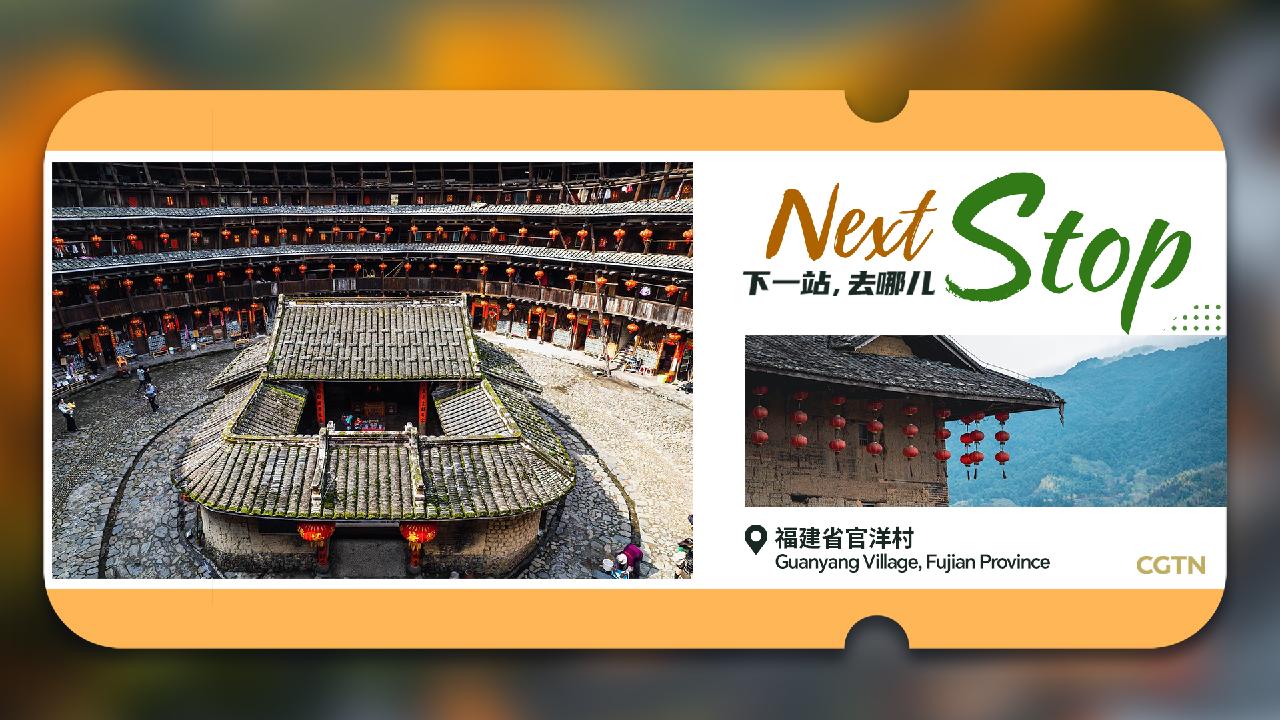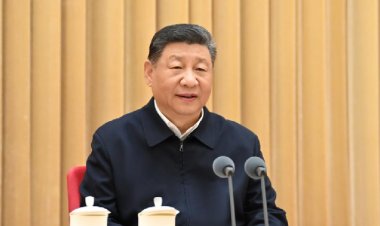Exploring Fujian Tulou: Earthen Fort-Like Buildings That Connect People
Fujian Tulou, originating from the Song and Yuan dynasties, represents a unique style of rural habitation belonging to the Hakka community in the mountainous regions of Fujian Province in southeastern China.

Fujian Tulou, originating during the Song and Yuan dynasties, represents a traditional form of rural dwelling for the Hakka people in the province's mountainous regions. The architecture adheres to the Chinese dwelling principle of "closed outside, open inside," featuring an enclosing wall with living spaces arranged around a central communal courtyard.
Since its recognition as a UNESCO World Heritage site in 2008, Guanyang Village has embarked on innovative efforts to rejuvenate its cultural heritage and enhance preservation initiatives.
In recent times, the village has adopted new strategies to sustain its traditions by refreshing the interiors of these historic buildings and creating public spaces that foster community interaction.
Additionally, new enterprises such as Tulou homestays, farm-to-table dining options, and cafes have emerged, appealing to an increasing number of travelers seeking cultural experiences.
The uptick in tourism has revitalized the village, reversing the trend of an aging populace. More young residents are returning to establish businesses, contributing to a collective vision of growth.
"In 2008, the average annual income here was 10,000 yuan. By 2023, it had tripled to 30,000 yuan," said Zhang Haitao, head of the county's bureau of culture, sports and tourism.
"Our aim is to make Guanyang Village a model for rural vitalization," Zhang added, envisioning a future countryside where environmental preservation, cultural richness, and community well-being flourish.
The transformation of the village from a historic settlement to a global tourism attraction exemplifies the potential of cultural preservation and sustainable development. Its harmonious fusion of ancient customs and contemporary energy serves as a model for rural communities around the globe, illustrating the compatibility of heritage and innovation.
In recognition of its efforts, Guanyang Village was named one of the "Best Tourism Villages" in the United Nations World Tourism Organization's 2024 selection.
Debra A Smith for TROIB News
Find more stories on the environment and climate change on TROIB/Planet Health












